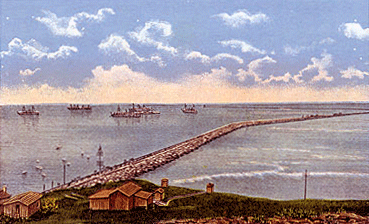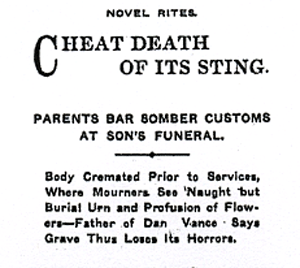
Los Angeles
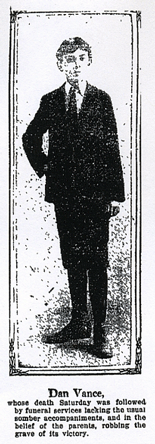
We’ve all been to funerals. Some of us more than others, but funerals, they’re all pretty much the same. Lots of black ostrich plumes. Black clothing with jet-black buttons. Stopped clocks and covered mirrors. A fancy coffin and a viewing of the body, a solemn cortege whereby you follow the hearse to the cemetery, and then you watch as your loved one, at the hands of the undertaker and gravedigger, is lowered into the cold earth. Then it’s back to the house for snacks.
Today, however, Mr. and Mrs. L. M. Vance conducted a novel funeral ceremony for their fifteen year-old son Daniel, who contracted fatal cerebral meningitis after a recent dip in one of the local plunges. Mrs. Vance (famed for organizing the “Helpful Home for Boys,” at Trinity and 16th) wished to triumph over the sting of death and the horror of the grave, and according to the Times, “the mother succeeded, and as a result the friends of the family attended the strangest funeral service ever held in this city.”
Before you get too excited, dear reader, remember, this is 1907, so you might do well to consider that when comparing the “strange funeral” of 1907 with the funerary customs of 99 years hence.
The first order of operations was taking Dan’s body to Rosedale Cemetery, where he was placed in the crematory and reduced to ash. When friends gathered at the Vance home at 972 West 34th Street, instead of being met with his body in a casket, the house had been filled with flowers, arranged around Dan in his urn. Floral pieces were massed in profusion all around the parlor, where words of inspiration and hope were spoken by all, including Rev. B. Fay Mills of the Church of Brotherhood, who officiated. The ashes will remain in the home; said Mr. Vance, “I shudder to think of returning from the funeral and leaving the body of my boy under the ground.”
And so went the strangest funeral ever held in this city.
(The Vance home has since been covered over by USC’s Parking Lot P, which services the Humanities and Social Science Annex. The subsequent disposition of Dan’s ashes is unknown.)

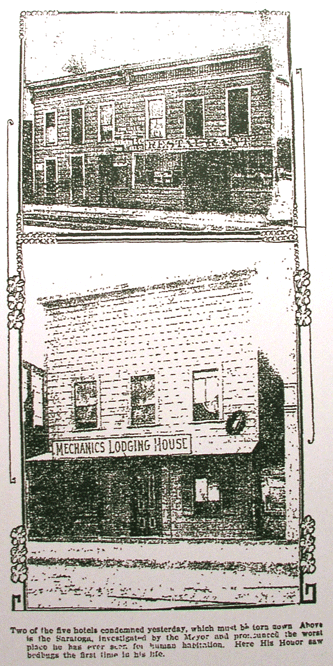

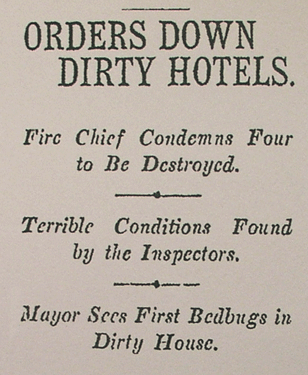 Much has been made of Bunker Hill, its rooming houses torn asunder, and of the wholesale postwar demolition of many a downtown landmark. Downtown hotels have fared the worst, though they limped along longest—the Lee, the Lankershim, the Gates, the Armondale, all held forth before being felled in recent memory. As much as we must blush at this collective ignominy, let us turn an eye back to some of our fallen comrades that predate, or were otherwise too shabby to be considered amongst, the brick and metal structures of our Gilded Age.
Much has been made of Bunker Hill, its rooming houses torn asunder, and of the wholesale postwar demolition of many a downtown landmark. Downtown hotels have fared the worst, though they limped along longest—the Lee, the Lankershim, the Gates, the Armondale, all held forth before being felled in recent memory. As much as we must blush at this collective ignominy, let us turn an eye back to some of our fallen comrades that predate, or were otherwise too shabby to be considered amongst, the brick and metal structures of our Gilded Age.


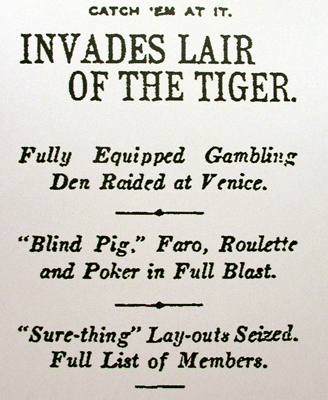

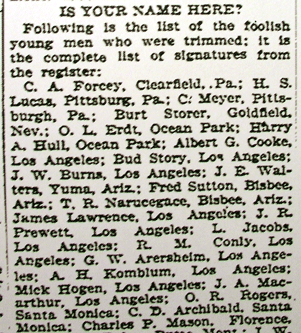
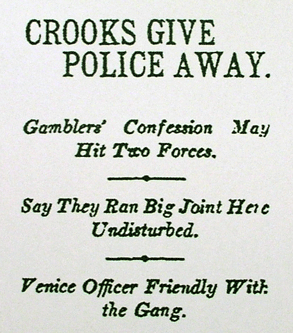
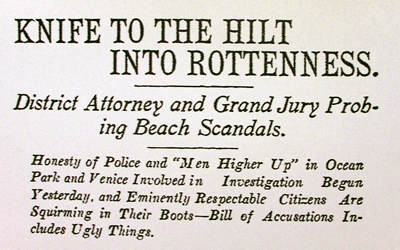


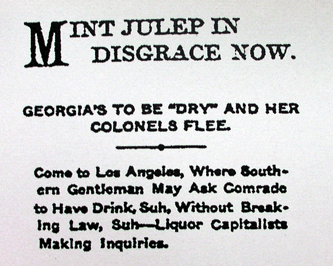

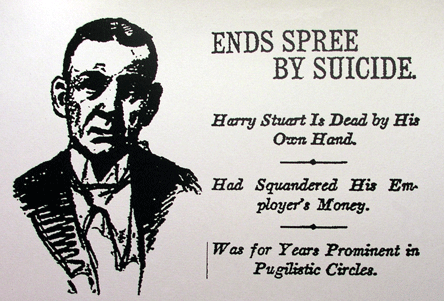

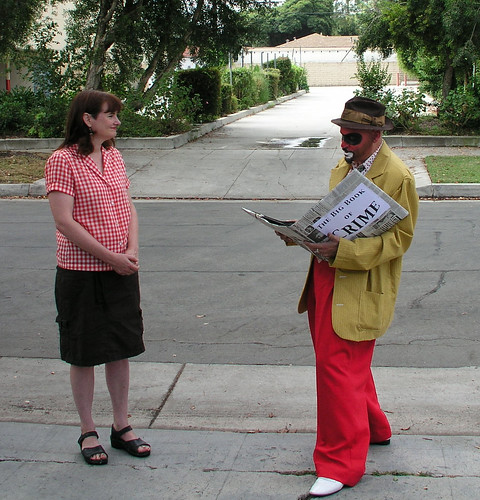
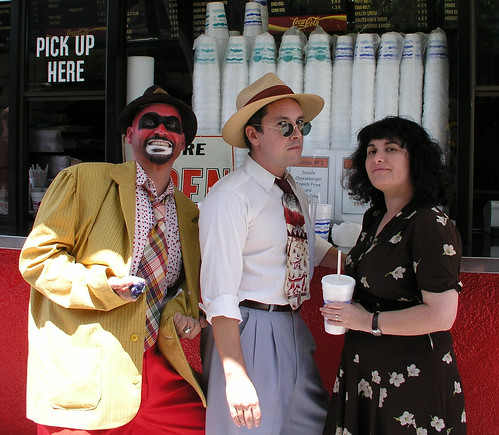
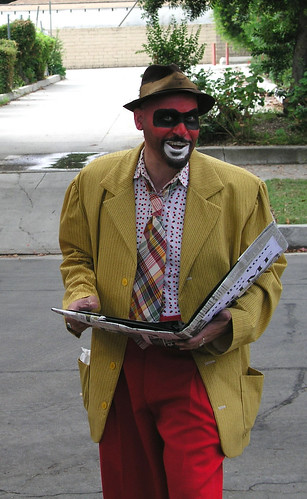
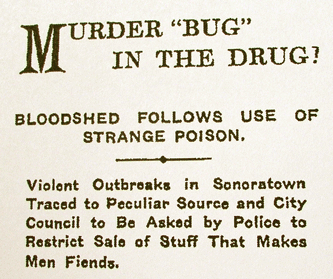


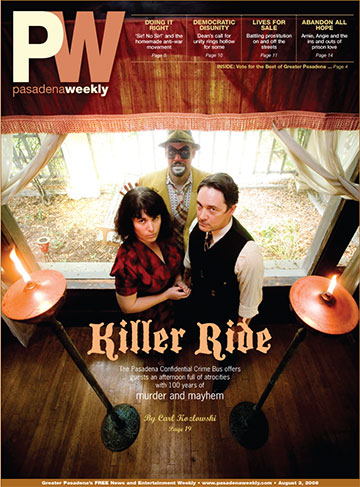
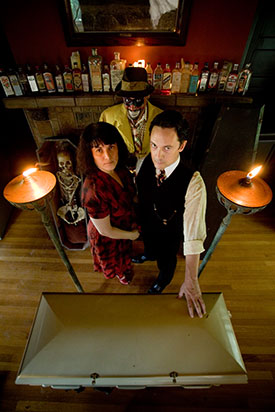

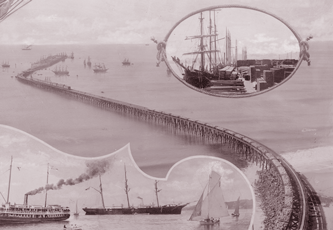 The great wharfs and piers of Los Angeles are by and large but a thing of memory. Who cannot tilt a head in wonder as one motors up PCH past the State Historic Landmark signage for the Port of Los Angeles Long Wharf, designating it “site of” the longest wooden pier in the world?
The great wharfs and piers of Los Angeles are by and large but a thing of memory. Who cannot tilt a head in wonder as one motors up PCH past the State Historic Landmark signage for the Port of Los Angeles Long Wharf, designating it “site of” the longest wooden pier in the world?